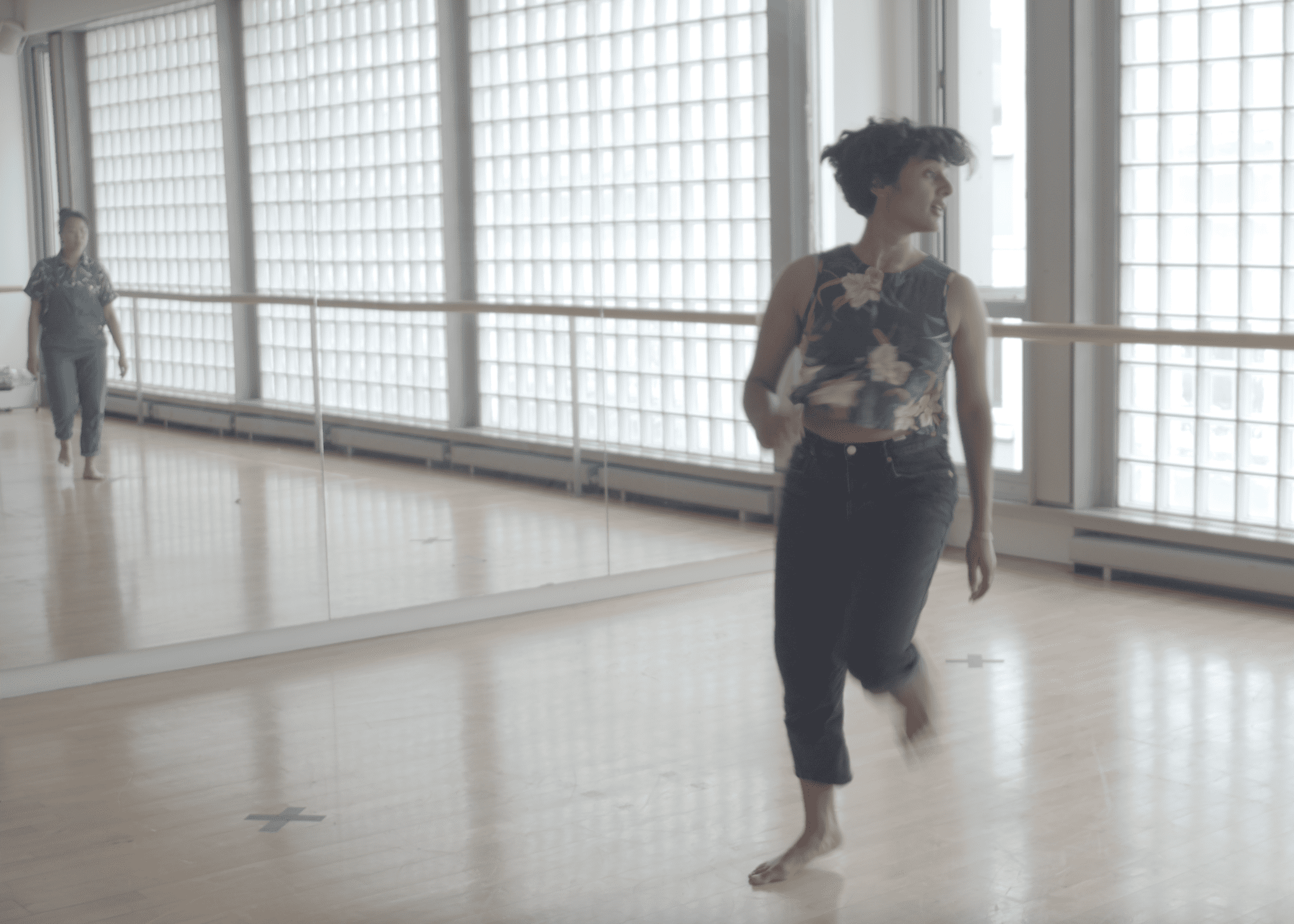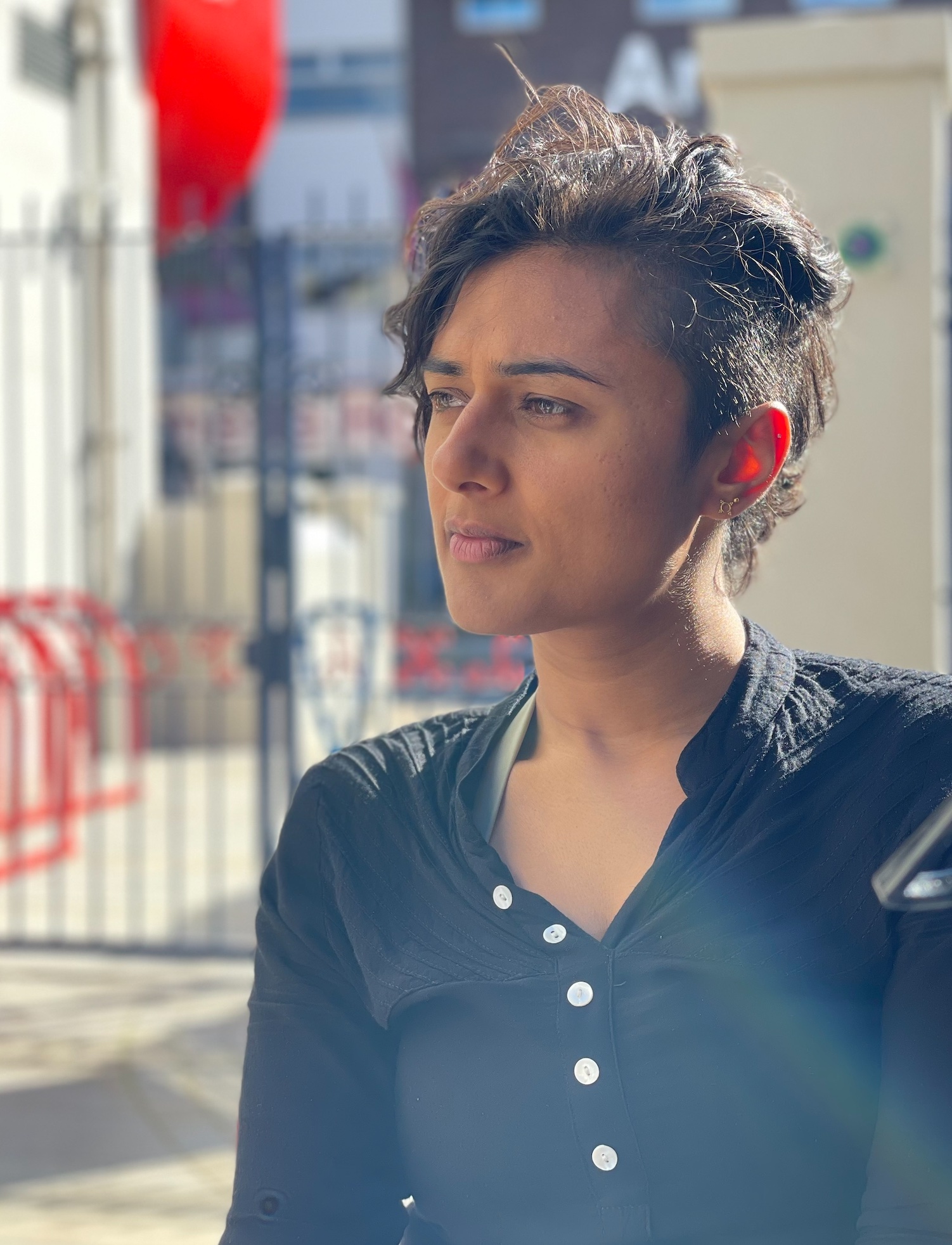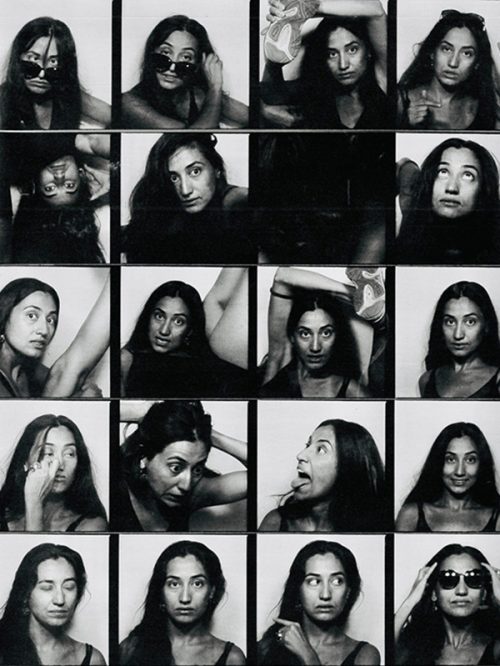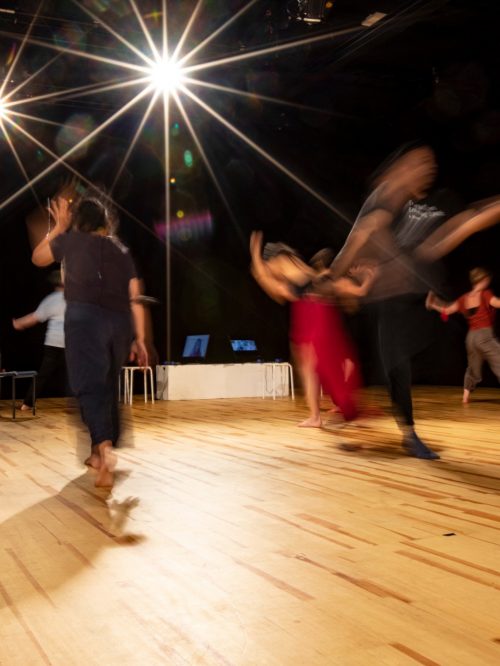Paranoid Delusions: Being an Outsider to Contemporary Dance
I am developing a new performance work. “What kind of dancing is it?” is the first question asked by friends and family that don’t work in the arts. I hesitate, exasperated that this question still manages to floor me. I know that people just want a visual reference alongside our conversation, to be able to better imagine and understand what I’m making. The problem is, there’s nothing I can say that’s simultaneously clear, accessible and honest to the work. It’s not Bharatanatyam, that’s for sure. So, then?
This is strikingly similar to how white supremacy is upheld; white people’s denial of their race as a defining factor in their experience, wipes out the possibility that they may examine how they are complicit in a structural oppression, and how their whiteness may be harmful to people of colour. This is an excerpt from Robin diAngelo’s writing on white fragility, who reflects on her experiences as a white person trying to speak to other white people about their racialised experience:
If I cannot tell you what it means to be white, I cannot understand what it means not to be white. I will be unable to bear witness to, much less affirm, an alternate racial experience. I will lack the critical thinking and skills to navigate racial tensions in constructive ways… An inability to grapple with racial dynamics with any nuance or complexity is ubiquitous in younger white people who have been raised according to an ideology of colorblindness. [1]
In the way that colour-blindness fails anti-racism, Contemporary Dancers’ inability to pinpoint what it means to be a Contemporary Dancer deprives them of the possibility to examine their hegemony. They flail, already bored with the request to define their identity. As an outsider who’s now spent many years in Contemporary Dance studios, I can offer a non-exhaustive list of what it seems to mean to be a Contemporary Dancer:
- You take for granted the Higher Education provision of Contemporary Dance training, and don’t feel super bothered by the absence of HE institutions offering degrees in other dance disciplines.
- Your movement is influenced by two or more of these techniques: Release, Ballet, Flying Low, Cunningham, Horton, Limon, Contact Improvisation, Gaga but you don’t like specifying these techniques when you talk about your work, because it’s not that simple.
- You’re comfortable lying on the dirty floor of a dance studio and attach a pride to being able to slide and glide along it silently.
- Using a story, narrative, musical track or character work as the starting point for choreography either makes you uncomfortable or makes you feel radical.
- You’ve seen work on stage that speaks to you and which you can imagine performing in.
- You feel entitled to sample movement motifs / styles from other dance disciplines as a valid way of developing your practice.
- You’re comfortable with being touched in the dance studio, and the brushing / leaning into / pressing of other bodies in the studio feels like a natural part of connecting with others.
- You’ve never been asked to speak for the whole community of Contemporary Dancers.
- Trying out rhythmic practices in the studio either feels exotic / exciting, or simplistic / tribal.
- You’re not able to name more than two references when it comes to Indian classical dance, and one of them will be Akram Khan.
Ok, all shade aside, the list above isn’t really problematic in and of itself. Just like any dance form, Contemporary Dance has its characteristics, aesthetic preferences and artistic orientations. It was during my time in a Contemporary Dance studio that I heard about ‘gestural’ movements; those that are symbolic, obvious, and ultimately too empty to be a dance in themselves. It was a painful realisation given that the everyday translation of hasta is ‘hand gesture’. It’s not possible to dance in Bharatanatyam without making a decision about your hands; they are not simply a circumstantial ending to the ‘real’ body, as I feel is the case in Contemporary Dance. The same goes for the eyes – it is not possible for us to dance without an intention for our gaze. Yet somehow, this intentionality and wilfulness is read as a distraction from real dancing, an indulgence. A lack of regard for eyes and hands in favour of tuning into the more central, larger and expansive parts of the body is an aesthetic preference that shows up frequently in Contemporary Dance.
What’s problematic is that these aesthetic preferences are actually more like aesthetic hierarchies; they are embedded within an elitist perspective of dance, that creates an order of ‘realness’ or ‘authenticity’ or ‘innovation’. These aesthetic hierarchies are never spoken about or made explicit. For those coming in from outside of the Contemporary Dance paradigm, they enter a studio and realise gradually that perhaps their stamping isn’t welcome, or that their emotionality is too much for others. More likely, the outsider entering the Contemporary Dance studio won’t even be able to pinpoint these specific preferences, instead they’ll be awash with a feeling that something about them doesn’t quite fit in, a general feeling of being othered or less than. It has taken me 7 years of attentiveness to be able to articulate the belief systems that Contemporary Dance propagates. No Contemporary Dancer has helped articulate it; this is the culmination of my labour and the labour of other marginalised dancers to untangle feelings of discomfort time and time again.
I’ve gained a lot of clarity by reading Jo Freeman’s seminal piece “The Tyranny of Structurelessness”, which she wrote during and in reference to the women’s liberation movement in the ‘70s. ‘Structurelessness’ substitutes neatly for the obfuscation by Contemporary Dance of what exactly it is and what exactly it believes in.
Thus structurelessness becomes a way of masking power, and within the women’s movement is usually most strongly advocated by those who are the most powerful (whether they are conscious of their power or not)…the rules of how decisions are made are known only to a few and awareness of power is limited to those who know the rules. Those who do not know the rules and are not chosen for initiation must remain in confusion, or suffer from paranoid delusions that something is happening of which they are not quite aware. [2]
The unspoken codes, aesthetic hierarchies, and preferred working practices that characterise every Contemporary Dance studio serve to marginalise dancers outside of this knowledge base, keeping them in a perpetual state of trying to figure out and catch up, rather than dance. It throws doubt on the ability of Contemporary Dance to truly collaborate with other disciplines, and its ability to mature beyond its own belief systems. It creates a culture of supremacy that borrows heavily from the practices of white supremacy. The ongoing privilege of self-determination means that white people struggle to see themselves as part of a collective culture of whiteness. Contemporary Dancers too, see themselves as rich, varied, infinitely nuanced individuals that no collective identity could do justice to. By denying their own participation in the culture of Contemporary Dance, Contemporary dancers dodge responsibility for their complicity in propagating its supremacist culture.
In a dance culture that prides itself on its intellectual practices and sings about forging connections with authenticity, can we imagine a future where Contemporary Dancers become self-aware, where ignorance and obfuscation isn’t weaponised, where Contemporary Dance gives up dominance of our dance ecosystem and instead locates itself within it?
____________________________________________________
[1] https://www.theguardian.com/commentisfree/2019/jan/16/racial-inequality-niceness-white-people
About the author
Shivaangee is a choreographer and researcher drawing upon long-standing training in Bharatanatyam, and more experimental practices of performance. Their approach asks us to stay with our multiplicities (physically, socially, relationally, autobiographically, systemically) and unsettles preconceived assumptions about what is a recognisably ‘Indian’ aesthetic.
The form of their work is classical in its rhythmic precision, compositionally underscored by patterns that are mathematical, complex & unpredictable; folk in its relational specificity, foregrounding non-elitist movement & space for individual nuance within a collective framework.; experimental in its investment in a different form of virtuosity & in its inherent coexistence with sound, projection mapping, & collective composition.
As a trained audio describer, Shivaangee offers an embodied AD practice that is motivated by the imperative to keep re-centering non-visual experiences, not just in AD, but in the way that we engage with and conceive of dance. She is passionate about the complexity of access work; it can be easy to renew existing hierarchies even within our intentions to broaden participation.
Find out more at www.shivaangee.com







